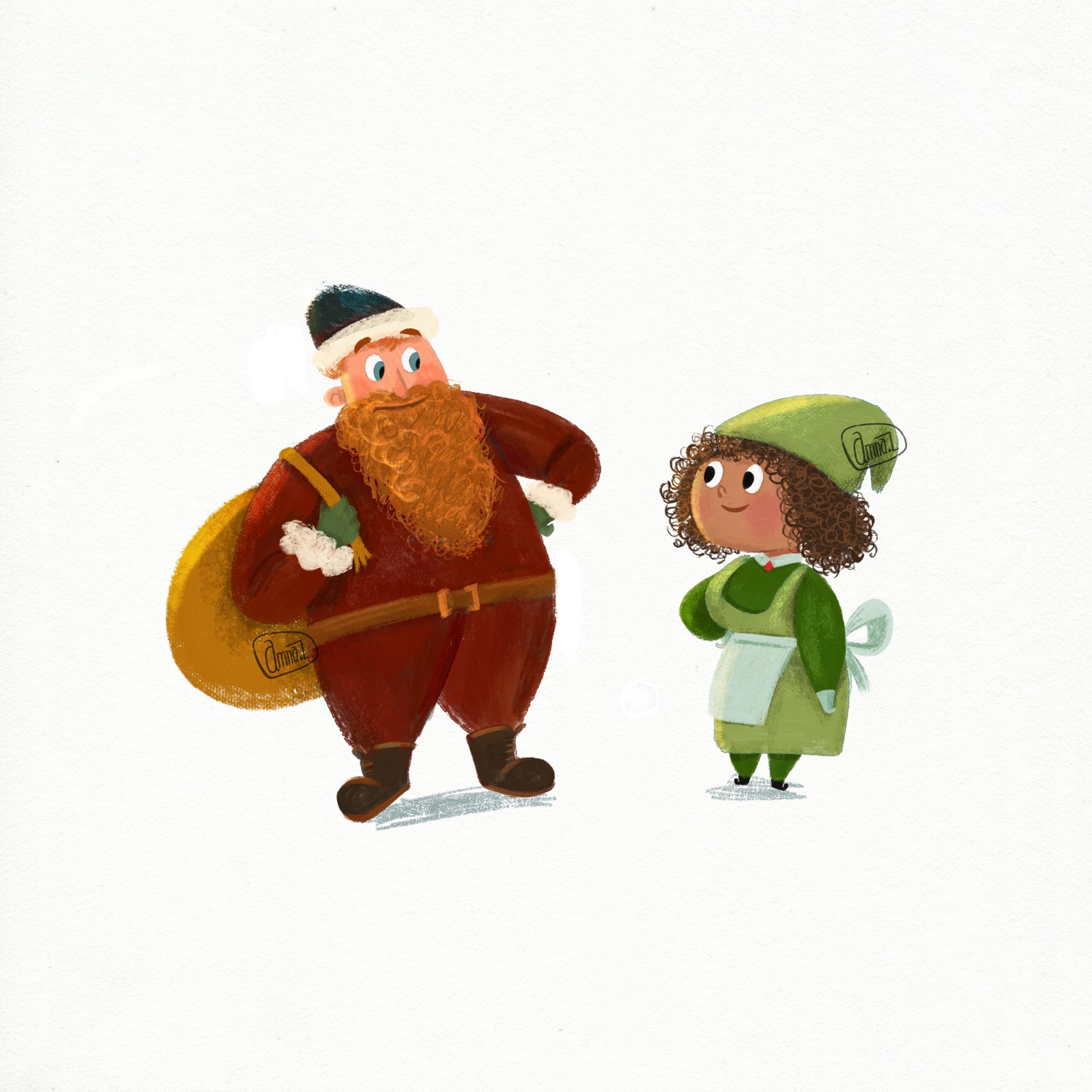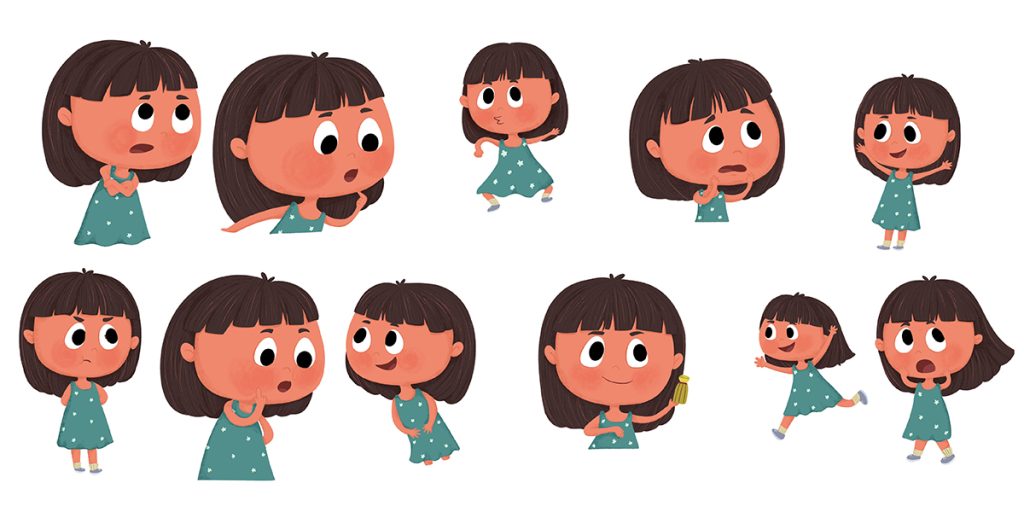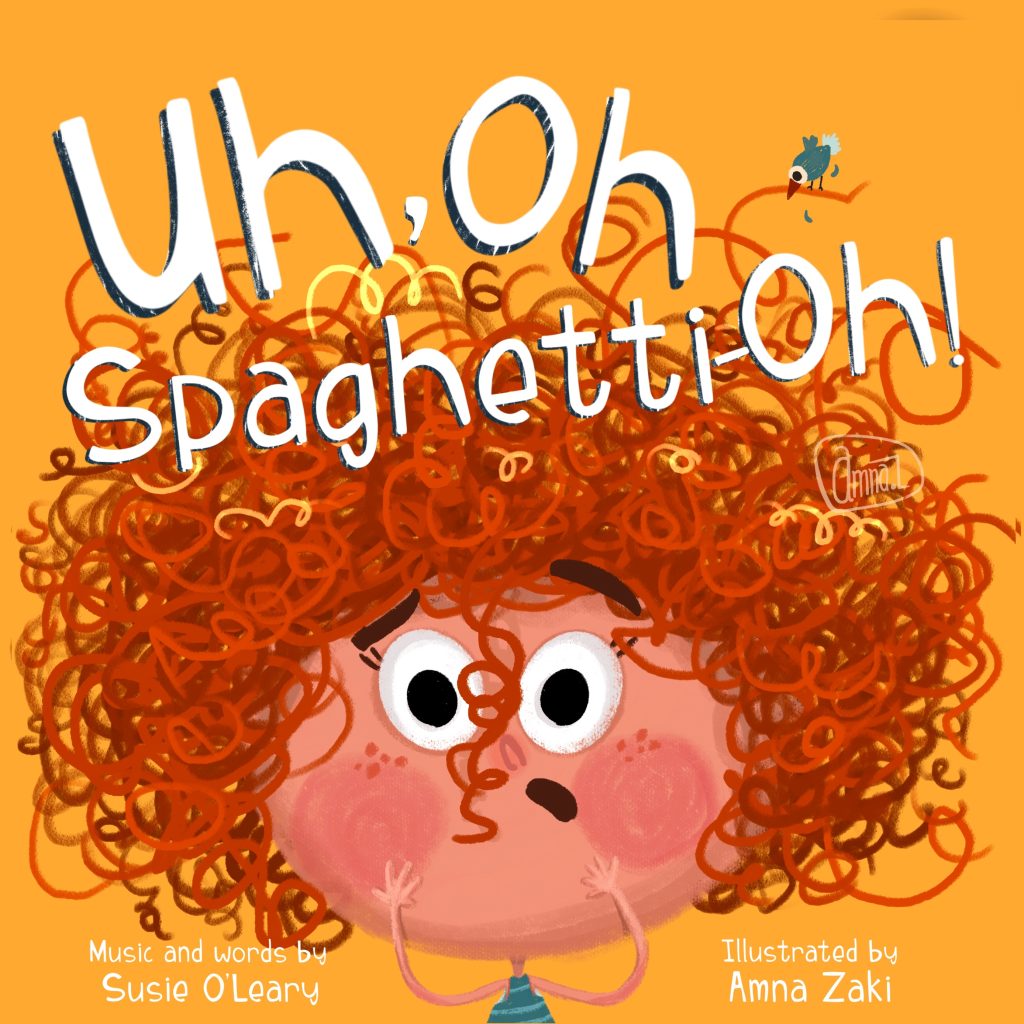When it comes to children’s books, one of the most important elements that can captivate young readers is well-crafted characters. Whether it’s a brave young adventurer, a talking animal, or a magical creature, the characters in children’s stories often become icons in their own right. But what goes into creating characters that not only engage but also resonate with children? In this blog, we’ll explore the role of character development in children’s book illustrations and how it brings stories to life.
Why Character Development is Crucial in Children’s Books
Characters are the heart of any story. In children’s book illustrations, character development plays an essential role in making the narrative relatable, emotional, and visually compelling. The way a character looks, moves, and interacts with the world around them influences how children understand the story. A well-developed character makes a story unforgettable, helping young readers form connections and making the book a cherished memory.
When characters are designed thoughtfully, they not only reflect the story’s tone but also leave a lasting impression on children. This emotional connection is what makes character development so important in children’s literature.
That’s why choosing the best character development services is crucial for authors and illustrators who want their stories to stand out. Professional services bring expertise in visual storytelling, personality design, and consistency, ensuring your characters truly come to life and connect deeply with young readers.
Elements of Effective Character Development in Illustrations
Creating a compelling character in children’s book illustrations involves more than just a great drawing. Let’s break down the essential elements that make characters in children’s books come to life:
1. Distinctive Features and Personality
A character’s appearance should reflect their personality. For example, a shy character might have a soft, gentle appearance, while a bold and adventurous character may have dynamic poses or bright colors. Character design for children’s books often includes distinctive features like oversized eyes, exaggerated expressions, or unique clothing to make the character easily recognizable.
2. Expressive Emotions
One of the key aspects of character development in children’s book illustrations is the ability to convey a wide range of emotions. Children relate to characters who show joy, fear, surprise, and sadness in ways they can understand. Illustrators achieve this through facial expressions, body language, and gestures that align with the character’s emotional journey.
3. Interaction with the Story World
A character doesn’t exist in isolation. The way a character interacts with the world around them—be it other characters, objects, or the environment—adds layers to their development. An adventurous character might be shown climbing mountains or exploring unknown lands, while a playful character could be illustrated having fun in a whimsical setting.
4. Color and Design Choices
Color plays a crucial role in defining a character’s traits and mood. For instance, a villain might be associated with dark, shadowy colors, while a hero or protagonist may be drawn in vibrant, uplifting tones. The use of colors can set the mood for a character and help emphasize their role in the story.
How Professional Illustrators Bring Characters to Life
At The Rainbow Stories, our expert team of children’s book illustrators knows the importance of character development in storytelling. We work closely with authors to create characters that not only fit the narrative but also appeal to young readers through dynamic and thoughtful designs.
Our process involves:
- Storyboarding: Before any character is fully illustrated, we storyboard key moments to ensure that the character’s development is visually consistent throughout the book.
- Visual Storytelling: By focusing on how characters evolve from one scene to the next, we create a visual narrative that complements the story.
- Collaborative Design: We take time to understand the vision of the author and align it with design elements that resonate with children, ensuring the character is both visually and emotionally compelling.
Tips for Authors on Character Development
If you’re an author working on a children’s book, here are some tips for effective character development:
- Focus on Personality: Ensure your character has a clear personality that can be reflected visually in the illustrations.
- Keep It Simple: Children’s books often benefit from simplicity, so avoid over-complicating your character design.
- Consider the Emotional Arc: Think about how your character’s emotions change throughout the story and how that can be represented in the illustrations.
Conclusion:
Character development in children’s book illustrations is a vital part of creating a memorable and engaging story. The right design not only draws children into the story but also fosters a deeper emotional connection with the characters. Whether it’s a lovable hero, a mischievous sidekick, or a magical creature, well-developed characters make stories come alive and stay in the hearts of young readers for years to come.
If you’re looking for expert children’s book illustrators to help bring your characters to life, explore our children’s book illustration services







